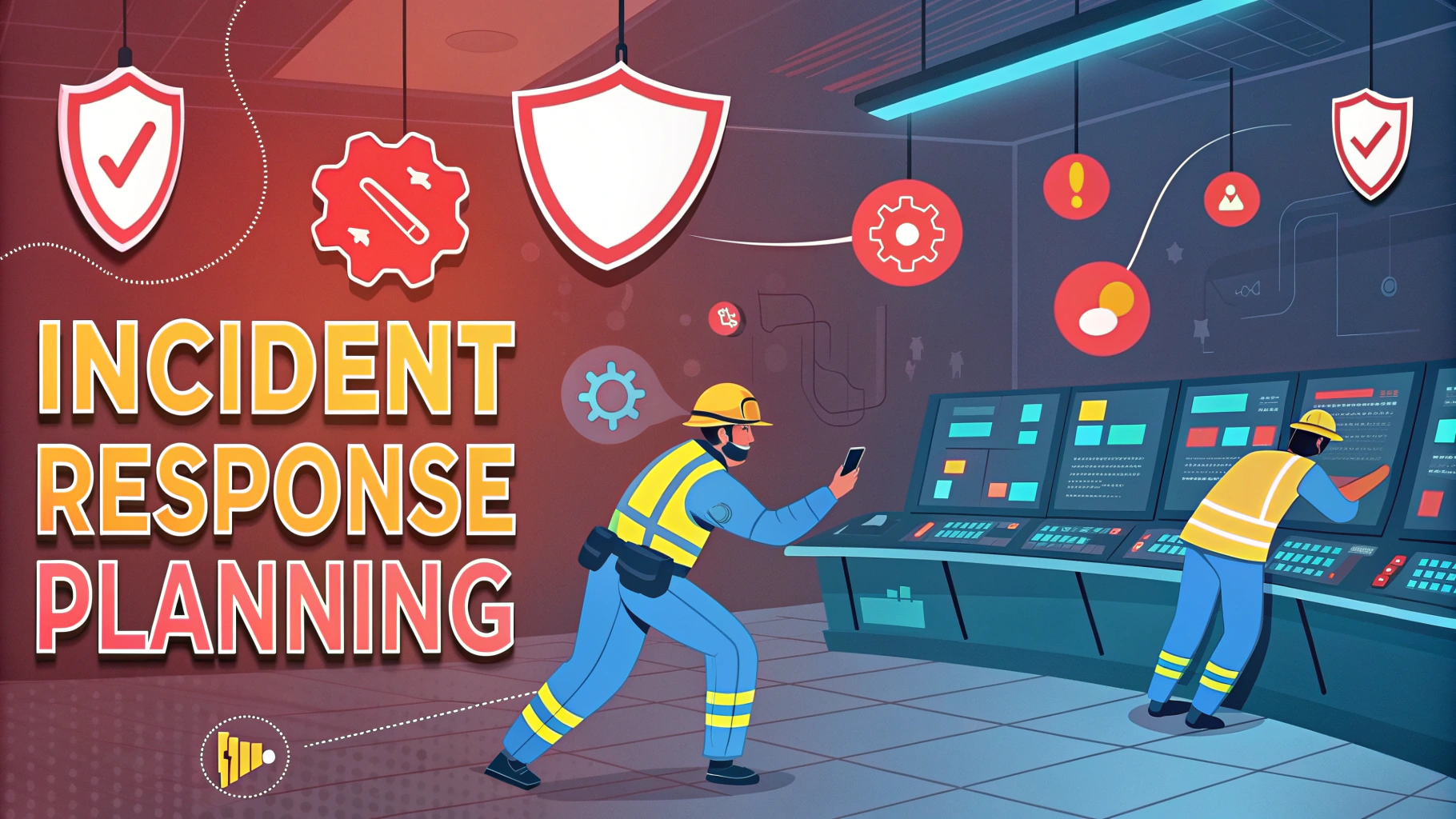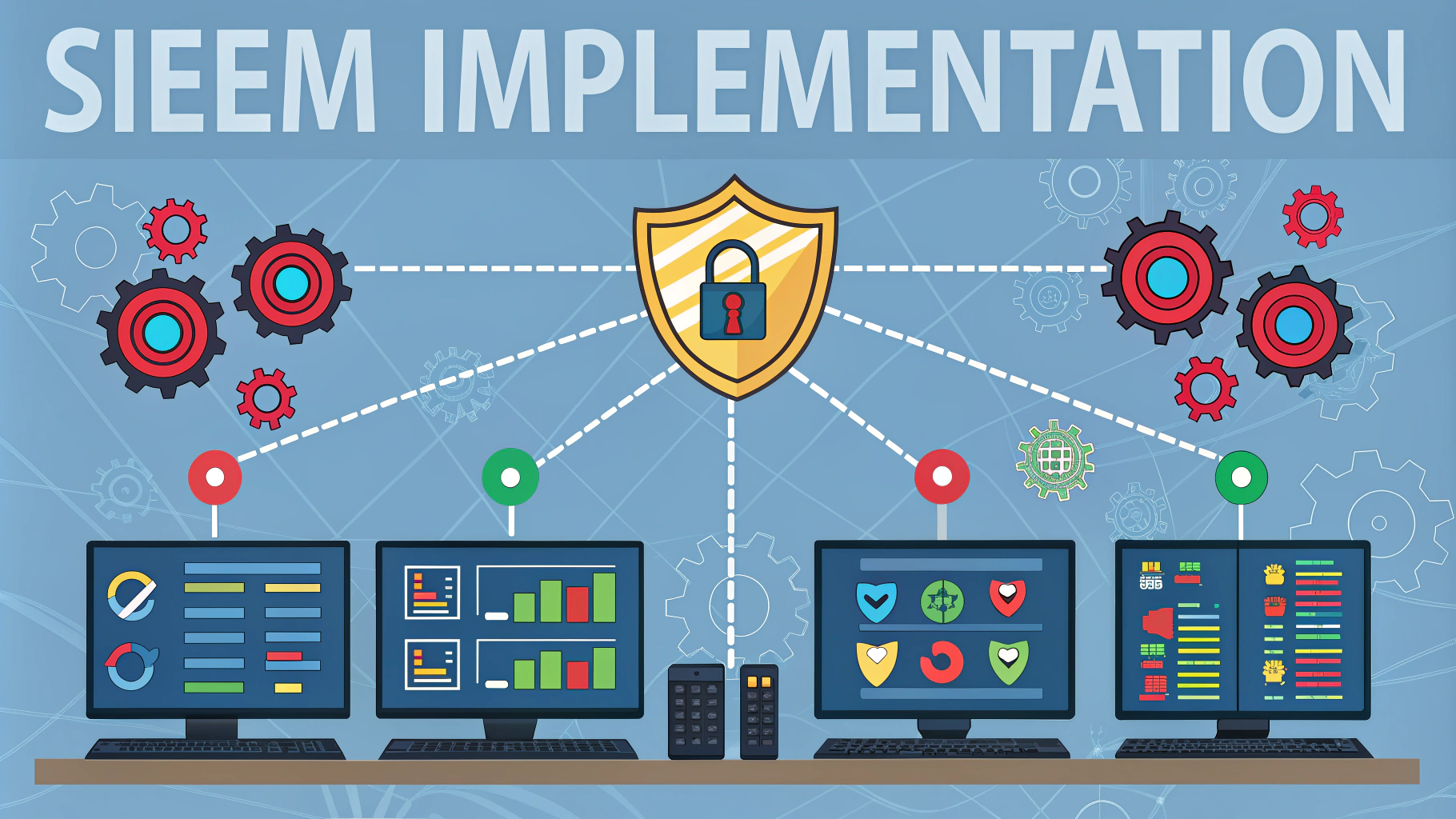Authentication and authorization testing helps identify security gaps in how systems verify user identities and control access to resources.
Authentication Testing Methods
Password policy analysis examines rules for password length, complexity, history, and expiration.
- Test default/weak credentials
- Check password reset functionality
- Verify account lockout mechanisms
- Assess multi-factor authentication (MFA)
- Review session management
Authorization Testing Techniques
Authorization testing focuses on verifying that users can only access resources they’re explicitly permitted to use.
- Vertical privilege escalation tests
- Horizontal privilege escalation checks
- Role-based access control (RBAC) validation
- API endpoint permission testing
Common Authentication Vulnerabilities
- Weak password requirements
- Missing MFA options
- Broken session management
- Insecure password reset
- Credential stuffing vulnerability
Authorization Vulnerability Testing
| Test Type | Description |
|---|---|
| IDOR Testing | Check for Insecure Direct Object References by manipulating resource IDs |
| Forced Browsing | Attempt to access restricted URLs directly |
| Parameter Tampering | Modify request parameters to bypass access controls |
Testing Tools
- Burp Suite – Web security testing platform
- OWASP ZAP – Open-source security scanner
- Hydra – Password cracking tool
- AuthMatrix – Burp Suite extension for auth testing
Mitigation Strategies
- Implement strong password policies
- Enable MFA where possible
- Use secure session management
- Apply principle of least privilege
- Regular security audits
Additional resources and tools can be found at OWASP Web Security Testing Guide.
Reporting
Document findings using a clear template that includes vulnerability description, impact, and remediation steps.
Contact OWASP Foundation ([email protected]) for additional guidance on testing methodologies.
Testing Documentation Best Practices
Proper documentation ensures reproducible testing procedures and clear communication of security findings to stakeholders.
- Define test scope and objectives
- Document test cases and procedures
- Record testing environment details
- Maintain evidence of findings
Continuous Security Testing
Authentication and authorization testing should be integrated into the continuous integration/continuous deployment (CI/CD) pipeline.
- Automated security scanning
- Regular penetration testing
- Compliance monitoring
- Security regression testing
Risk Assessment Matrix
| Vulnerability Level | Required Action |
|---|---|
| Critical | Immediate remediation needed |
| High | Fix within 1-2 weeks |
| Medium | Address in next release cycle |
Conclusion
Effective authentication and authorization testing is crucial for maintaining application security. Regular testing, proper documentation, and continuous monitoring help organizations identify and address security vulnerabilities before they can be exploited.
- Implement comprehensive testing strategies
- Stay current with security best practices
- Maintain detailed documentation
- Regularly update security controls
Remember to review and update testing procedures as new security threats emerge and technology evolves.
FAQs
- What is the difference between authentication and authorization in security testing?
Authentication verifies who someone is (identity verification), while authorization determines what resources and actions they’re allowed to access once authenticated. - What are common authentication vulnerabilities to test for?
Key vulnerabilities include weak password policies, brute force susceptibility, session fixation, forgotten password flaws, and improper session management. - What tools are essential for testing authentication mechanisms?
Burp Suite, OWASP ZAP, Hydra, Nmap scripts, and specialized tools like Authz0 are commonly used for authentication testing. - How do you test for broken authentication?
Test for session timeout issues, cookie security, credential stuffing vulnerabilities, multi-factor authentication bypasses, and session token predictability. - What are JWT-specific authentication vulnerabilities?
Common JWT vulnerabilities include none algorithm attacks, weak secret keys, missing signature validation, and token tampering opportunities. - How can you test for privilege escalation vulnerabilities?
Test horizontal and vertical privilege escalation, IDOR vulnerabilities, missing authorization checks, and parameter manipulation in user roles. - What are common OAuth 2.0 security testing considerations?
Test for redirect URI validation, token handling, scope validation, state parameter implementation, and client secret exposure. - What are crucial authorization bypass techniques to test?
Test forced browsing, direct object references, API endpoint manipulation, HTTP method changes, and backend parameter tampering. - How do you test Single Sign-On (SSO) implementations?
Verify SAML signature validation, test federation trust relationships, check assertion handling, and assess logout procedures. - What role-based access control (RBAC) tests should be performed?
Test role assignment logic, permission inheritance, role separation, administrative boundaries, and access matrix validation. - How do you assess API authentication security?
Test API key protection, token-based authentication implementation, rate limiting, and API endpoint authorization controls.








